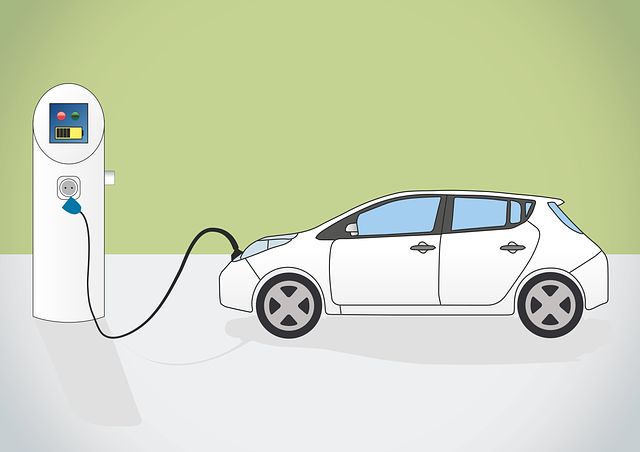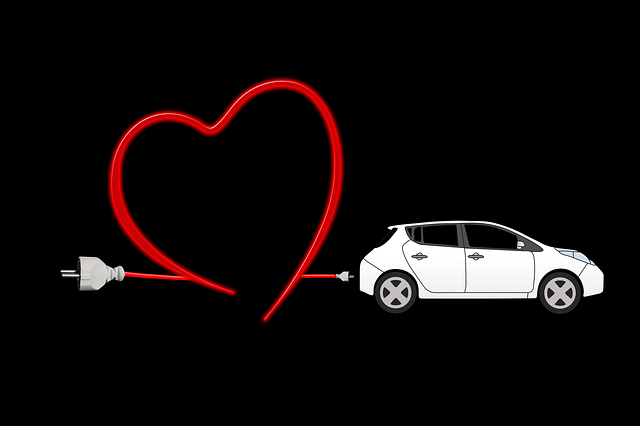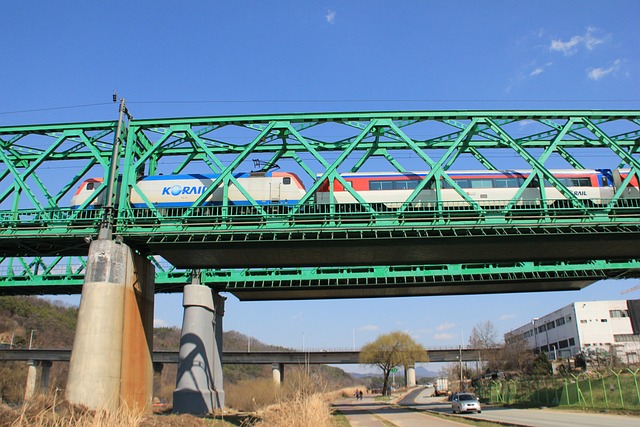Shipping electric vehicles (EVs) demands meticulous preparation to avoid shipping delays and issues. Key steps include securing items, checking fluid levels, ensuring battery charge, verifying updated documents, maintaining clear communication with shippers, understanding rights/responsibilities, and confirming specific EV requirements, especially for batteries. Adequate inspection, comprehensive documentation, and thorough insurance verification are crucial to prevent port delays or shipment rejection due to non-compliance. Correctly addressing these aspects ensures a smooth shipping process for EVs.
Common mistakes in vehicle shipping processes, especially when it comes to electric vehicles (EVs), can lead to significant issues. From pre-shipping preparations to post-delivery inspections, each step requires meticulous attention to detail. This article explores critical errors often overlooked: inadequate inspections and documentation, incorrect insurance verification, and specialized requirements like battery safety. It delves into transportation mishandling, including improper securing of EVs, lack of temperature control, and port handling damage. Furthermore, it highlights the importance of post-shipping checks and effective customer complaint resolution, particularly for EV shipping.
- Pre-shipping Preparations and Common Omissions
- – Inadequate vehicle inspection and documentation
- – Missing or incorrect insurance coverage verification
Pre-shipping Preparations and Common Omissions

Many vehicle owners, especially those shipping electric vehicles (EVs), overlook the importance of pre-shipping preparations. This often results in costly delays and complications during transit. A key omission is failing to secure loose items inside and around the vehicle. EVs are packed with sensitive electronics, and any loose parts can cause significant damage during movement or shift in cargo containers. Additionally, checking fluid levels, ensuring proper charging of the EV battery, and confirming all documents—including registration, title, and insurance papers—are up-to-date are often missed steps. These preparations are crucial to streamline the shipping process, avoid potential safety hazards, and ensure a smooth journey for your electric vehicle.
Another common oversight is inadequate communication with the shipping company. Owners should clearly understand their rights, responsibilities, and the shipping timeline. Keeping open lines of communication ensures any issues or concerns can be promptly addressed by the carrier. In the case of EVs, specific shipping requirements may apply due to battery safety regulations, so owners must remain proactive in providing all necessary information to prevent delays at customs or during transit.
– Inadequate vehicle inspection and documentation

In the fast-growing market for shipping electric vehicles (EVs), one of the most common mistakes lies in inadequate vehicle inspection and documentation. Many shippers overlook the unique considerations EV owners must make before dispatching their high-tech, eco-friendly cars. This can lead to significant delays at ports or even rejection of the shipment due to non-compliance with safety and environmental standards. Proper inspection includes checking battery health, charging systems, and other critical components specific to EVs, ensuring they’re in good working order for safe transit.
Additionally, comprehensive documentation is essential. Shipping papers must accurately reflect the vehicle’s make, model, year, and unique features, especially for EVs with specialized requirements. Inaccurate or incomplete paperwork can result in miscommunication between carriers and customs officials, causing delays and potential damage to the vehicle during shipping. EV owners should ensure every detail is correct and accessible to streamline the shipping process and avoid common pitfalls.
– Missing or incorrect insurance coverage verification

When shipping electric vehicles, one common pitfall is overlooking or getting the insurance coverage verification wrong. This crucial step ensures that your vehicle is protected during transit, and any potential damages are covered. Many shippers rush through this process, either forgetting to verify the policy details or misinterpreting what’s included. It’s essential to cross-check with both the shipping company and your insurance provider to ensure comprehensive coverage for your electric vehicle.
Missing or incorrect insurance can lead to significant financial burdens if a claim is needed later. Shipping companies often require specific types of insurance, such as cargo insurance, to protect against loss or damage. Double-checking that the policy meets these requirements and matches the vehicle’s unique value is vital to avoid unexpected costs.
When shipping electric vehicles, pre-shipping preparations are crucial. Neglecting thorough inspections and proper documentation can lead to significant delays and complications. Additionally, ensuring the right insurance coverage is essential to safeguard your investment during transit. By avoiding common omissions like inadequate preparation and missing details, you can navigate the shipping process smoothly, ensuring a stress-free experience for both you and your electric vehicle.
